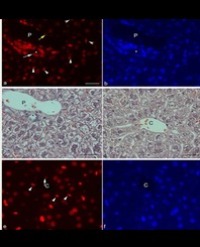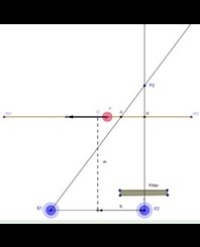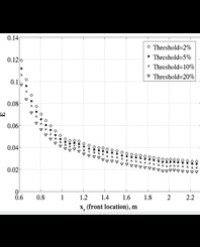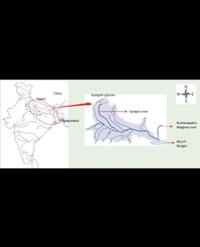
Distribution of Acetylated Histone 4 in Normal Liver and Acetaminophen Induced Liver Damage
To describe cell-specific acetylation of histones and their zonal localization in normal mouse liver and characterize their changes in acetaminophen (APAP)-damaged mouse liver 24 hr after APAP exposure, we performed an immunohistochemical study using normal and APAP-injured mouse livers. Cell-specific expression of acetylated H4 was observed in normal mouse liver. The highest acetylated H4 expression levels were found in bile duct epithelial cells, followed by sinusoidal non-parenchymal cells, venous endothelial cells, and hepatocytes. Zonal differences were observed; acetylated H4 expression was stronger in zone 1 (periportal) than in zone 3 (pericentral). In APAP-treated mouse liver, acetylated H4 expression decreased as tissue damage developed, and was significantly negatively correlated with tissue damage and alanine aminotransferase levels (p<0.05). Acetylated H4 expression in sinusoidal non-parenchymal cells did not decrease after tissue damage. The method implemented herein can measure acetylated H4 expression in a cell- and zone-specific manner and aid future investigation on pathobiological relevance of altered histone modification in liver injury and repair.
Nakamura N1*, Chang C-W2, Yang X1, Shi Q1, Salminen WF1 and Suzuki A3,4




